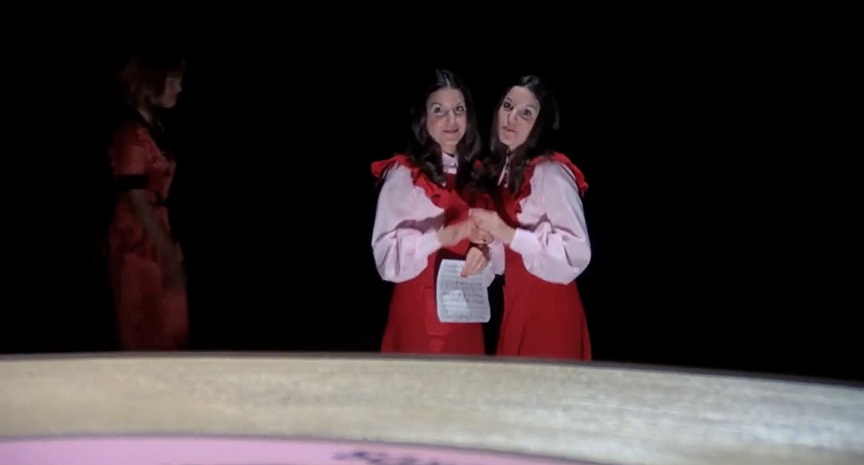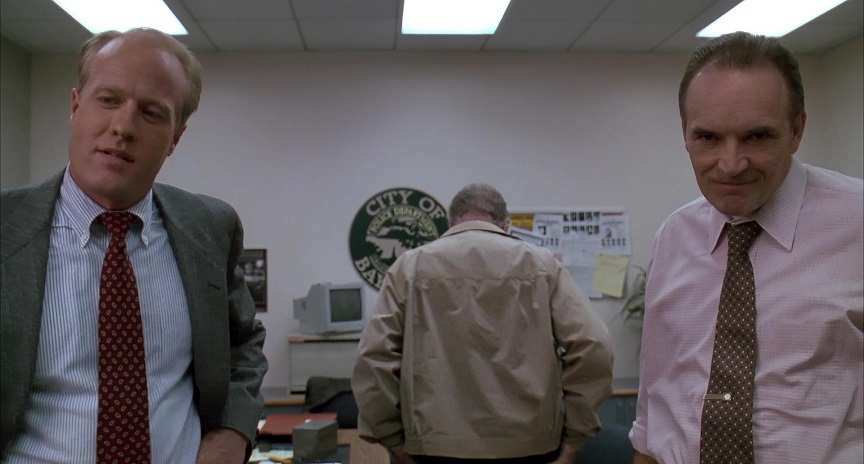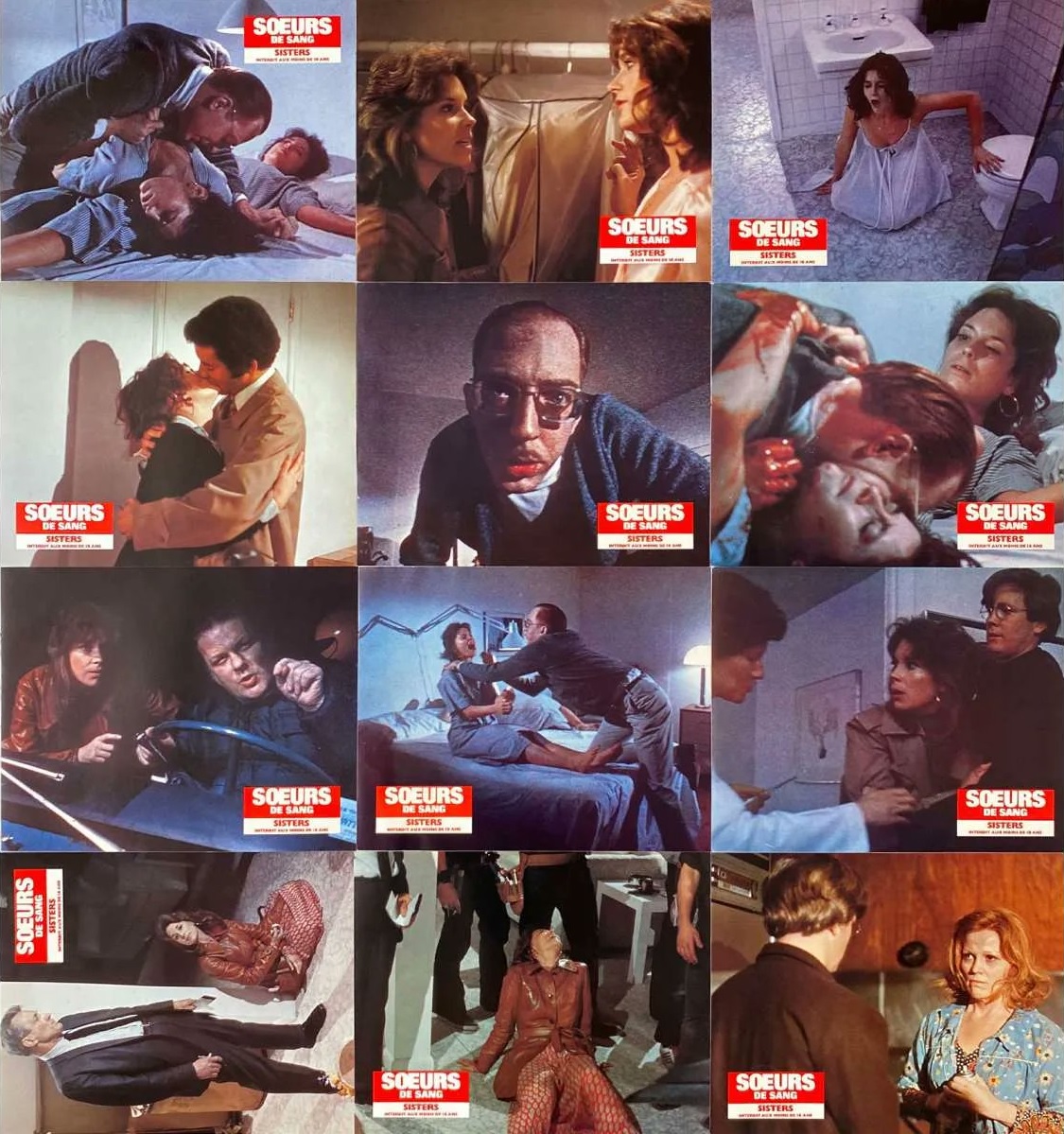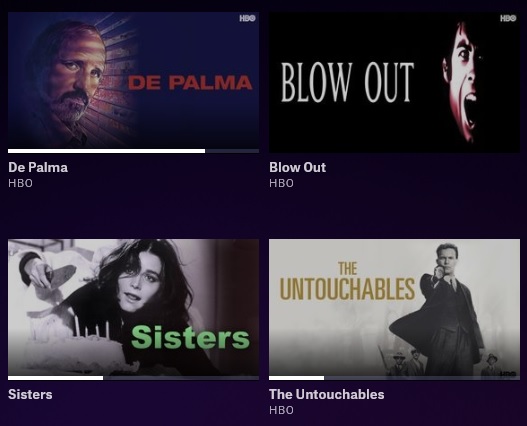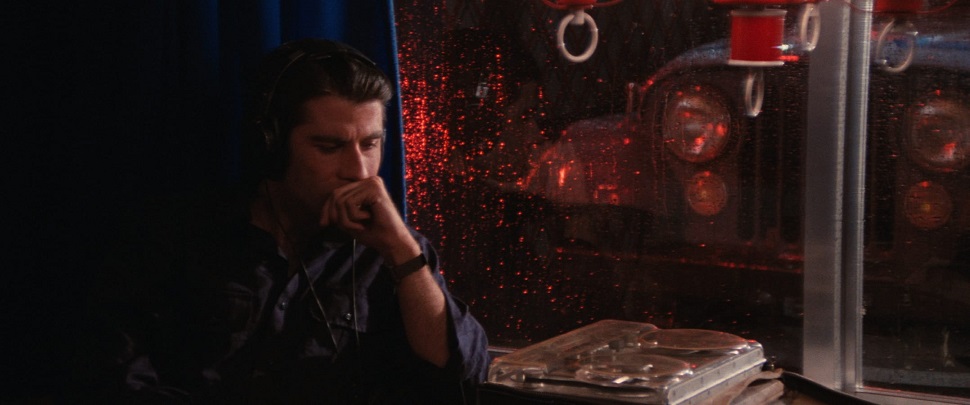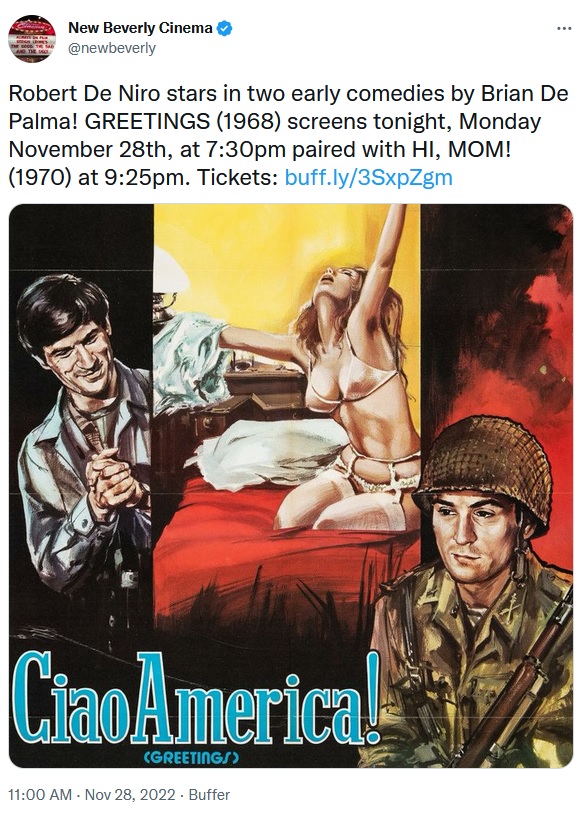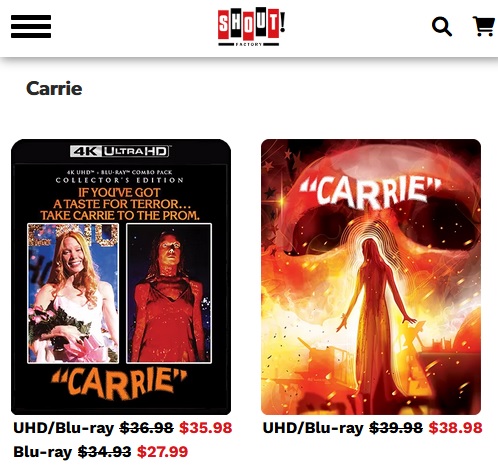AND EXCERPT FROM CINEMATOGRAPHER LOL CRAWLEY'S DISCUSSION WITH THE FILM STAGE'S NICK NEWMAN
In the video above, from a livestream yesterday, Noah Baumbach talks about adapting the Don DeLillo novel White Noise for the cinema:
Really, what I found is an opportunity to find these cinematic analogues for what he was doing in a very literary way. But the book is all about American culture and how we’re inundated with product and TV and radio and movies and a lot of visual media. And so I was excited about the sort of visual opportunities and ways to push in that direction. Because the novel and the movie have different tone shifts and different genre elements that all have sort of cinematic equivalents to them. And because it was taking place in the eighties and I grew up in the eighties and I read the book in the eighties, I was interested in, not entirely, but sort of eighties interpretations of some of these genre elements. You know, film noir in the eighties, or family comedy in the eighties, or disaster movie elements in the eighties. So I was sort of using the kind of language that was inspired by that. And that was exciting to me, because I felt it was a way to play, in some ways, another tune that the book was alluding to but, you know, can’t do because it’s a novel. You know, if he does that thing in the novel where there’ll be a paragraph and there’ll be just a line from the radio or the television just as its own line, or just suddenly, that the word “Panasonic” appears in. Which is brilliant and it’s such a great novel thing, you know, a great writing thing. And so I then thought, you know, thinking about… or all the dialogue and the kids and the talking. So I got these… I should say not just visual ideas but audio ideas, and thinking about Robert Altman movies, and how he would, you know… This is something I actually started/played with in Marriage Story, was micing everybody in big groups, so everybody would talk at once, and I would have control of the different [voices]. So you could make a cacophony or you could break it down and really push one person to the forefront. And if you know Robert Altman’s movies, obviously he did this in a really kind of abstract [way]. In McCabe and Mrs. Miller, it becomes its own music. And so I found that was exciting for me, too, with this movie. You see it a little bit in the scene we saw, that first kitchen scene. They’re all talking over each other, and it becomes this sort of, you know, a song, in a way. And then to marry that to a certain kind of choreography and movement. So I felt like I could take, kind of, real life, and then put it in this sort of slightly abstract area. And that that, again, to me was a way to kind of represent that strangeness I was talking about.
Meanwhile, at The Film Stage, Nick Newman talks with cinematographer Lol Crawley, who filmed White Noise on anamorphic 35mm:
The Film Stage: This is far from the first period piece that you’ve shot. But I noticed, looking over your filmography, almost every one of them was photographed on film.Lol Crawley: Sure. Yeah.
And I think people balk, rightly or not, at a period piece shot on digital—it seems inauthentic. So how much was there a conversation about the necessity of shooting the 1980s with something visually and technologically analogous?
It was kind of established very early on. My recollection is that Netflix had gotten behind the idea of it being shot on film before I was even in the mix. And combining film with anamorphic seemed to do the heavy lifting of the aesthetic. It’s like, you combine Jess Gonchor‘s fantastic set design and shoot it anamorphic, on film, and you’re like: okay, that’s in the ballpark. Yeah, it is interesting. In general, if pushed, I would have to say I prefer shooting film over digital formats, but I also think it’s important to keep an open mind on the format and feel you’re serving the film, not just serving your own desire.
There are cinematographers I admire for that very fact. Like, Julien Donkey-Boy is a film I really love, that Anthony Dod Mantle shot, and I love the lo-fi aesthetic. I love the lo-fi aesthetic and philosophy of Dogme. It’d be interesting to know if it would feel a little dated to do that now; I don’t see a lot of people working on those low-end formats. But in a way it’s more interesting to shoot on those than a digital format that’s trying to emulate 35. I’m not sure everybody would share that opinion, but I’ve always liked the “punk” approach, in a way—trying to be more impressionistic and break an image down into textures. There’s more opportunity to do that with a much lower-resolution image to start with.
I was really surprised about this pairing with Baumbach because I tend to associate you with the Borderline crew.
Oh, okay! Yeah, I’ve shot for Brady and Antonio. That’s probably half the Borderline crew. [Laughs]
And there was a situation where he’d been working with a DP who left for various reasons. How was it coming into it after things were moving? Was there an established mold you had to work from?
No, it was so early on, I guess, that I didn’t really feel I inherited anything other than what was inherently Noah’s vision. So much comes from Noah because I find him to be a very visual filmmaker. Which might seem an odd thing to say, in the sense that his close comparisons would be Altman and Woody Allen. In some regards Noah is known for his studies of wonderful dialogue, wonderful performances, but can be also be internal—geographically, in rooms.
What was nice about this was he could flex different muscles for a Noah Baumbach film and do different things visually. The moment where Jack Gladney—Adam Driver’s character—becomes untethered and maniacally tears through the trash, the camera becomes untethered and does this circling thing. That was an idea that Noah had. A lot of those strong motifs came from Noah—which was enjoyable.
Of course he’s a De Palma acolyte, and that shot can only make me think of Blow Out.
It is very much a reference, yeah.
And the split-diopter moment.
Yeah. Well, that was another thing, but that wasn’t achieved in-camera; he did that as a post effect.
No kidding!
And I was like, “Oh. Okay. All right.” I don’t really get—I mean, within reason—bothered by people, directors and editors, reframing shots. Some people do, and I can kind of understand why they’d get bothered by it. I think also, once you’ve shot it, you’re not really in a position to… and I only say this because that one shot, we didn’t really discuss it. It was just in the editing they decided to do that, but I thought it worked terrifically well. Smart move.




